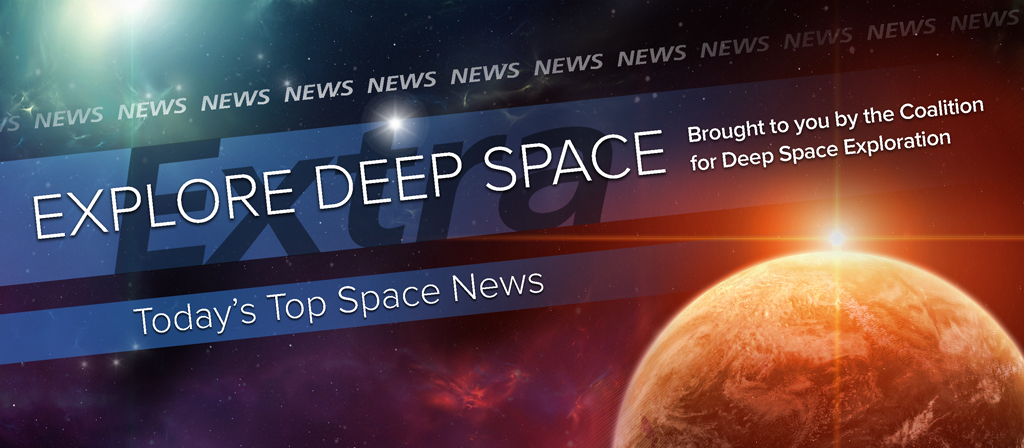In Today’s Deep Space Extra… Opening the door to space mining.
Space Science
Mining issues in space law
Space Review (5/9): Deep Space Industries and the government of Luxembourg have teamed and will join an independent effort already underway by Planetary Resources to open a door to space mining. The drive was facilitated in November as the Commercial Space Launch Competitiveness Act was passed by the U.S. Congress and signed into law by President Obama. Experts are diligently sorting out potential conflicts in U.S. law and international treaties in order to recognize ownership rights to resources gathered by private companies and individuals, writes TSR editor Jeff Foust.
Mercury makes rare trip between the Earth and the sun
PBS News Hour (5/9): Rarely, from the vantage point of the Earth, is there an opportunity to watch the solar system’s smallest planet, Mercury, cross the face of the sun. Monday afforded the latest opportunity and astronomers, professional and amateur, compiled a photo book.
Relive Seattle’s night of the northern lights with these spectacular pictures
Geek Wire (5/9): The sun’s solar maximum period is in decline. However, solar activity accelerated over the Mother’s Day weekend, creating spectacular North and South Pole aurora, also known as the Northern and Southern lights.
Long-running lunar mission reveals moon’s surprises
Science News (5/7): NASA’s Lunar Reconnaissance Orbiter mission affirms the presence of ice deposits in permanently shadowed craters at the moon’s South Pole.
At the ‘crater of doom,’ geologists dig up rocks from the day the dinosaurs died
Washington Post (5/9): In Mexico’s Yucatan Peninsula, scientist dig deep to find remnants of an asteroid that slammed into the Earth 66 million years ago, extinguishing much of the life on the planet, most famously the dinosaurs. Their goal is to obtain samples of rock from the impact’s crater ring.
Pluto’s Moon coated in nearly pure water ice
Space.com (5/9): NASA’s New Horizons spacecraft took a close look at the moon Hydra as it carried out the first flyby of distant Pluto last July 14. Spacecraft sensors confirmed suspicions that Hydra is composed of nearly pure water ice.
Low Earth Orbit
A fight to protect ‘the most valuable real estate in space’
Washington Post (5/9): U.S. national security experts take new measures to protect potentially vulnerable U.S. space assets from attacks by China and Russia. The new concerns were raised in response to aggressive actions by China, including rocket launches near strategic, high altitude U.S. satellites and a notorious 2007 anti-satellite test by Beijing that left low earth orbit littered with thousands of destructive debris fragments.
Op-ed | Congested space is a serious problem solved by hard work, not hysteria
Space News (5/9): Orbital debris could prove an obstacle to surging space commerce as well as U.S. national security. Experts estimate the region between 100 and 22,000 miles above the Earth’s surface is home to more than a half million potentially hazardous fragments moving at high velocity.

